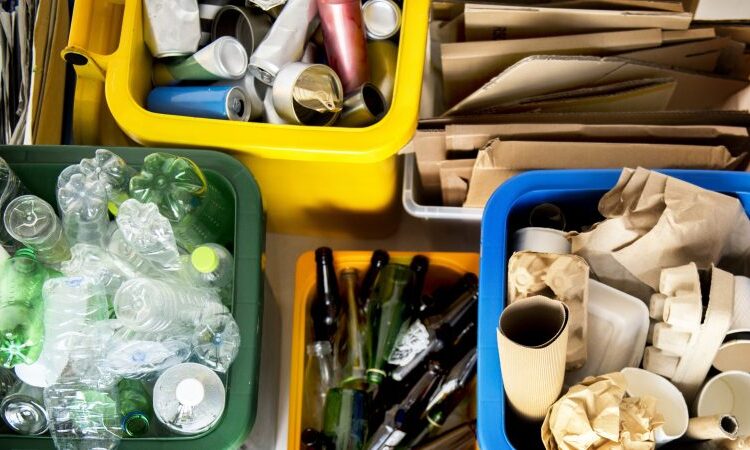
The ecodesign regulation proposed by the European Commission seeks to reduce the overall environmental impact of a wide range of products. To be effective, it should not only focus on individual products but also towards increasing collection, sorting, repair and recirculation systems, writes Valérie Boiten.
Valérie Boiten is senior policy officer at the Ellen MacArthur Foundation, a charity committed to develop and promoting the idea of a circular economy.
One thousand thirty-nine terawatt hours, or 89 million tonnes of oil: that is the estimated amount of primary energy savings resulting from EU ecodesign and energy labelling rules in the year 2020.
In a remarkable move, the European Commission proposed in 2021 to expand and strengthen this piece of legislation. The impact of the proposed Ecodesign for Sustainable Products Regulation (ESPR) is expected to be even greater than that of its predecessor, the Ecodesign Directive.
The ESPR seeks to address a much wider range of products, from textiles to furniture and aims to reduce their overall environmental and climate impacts.
The essence of the Ecodesign approach remains unchanged: products in scope will need to meet minimum performance and information requirements, but going forward, those requirements will focus not only on energy use but also on aspects such as durability, recycled content and substances that may pose barriers to recirculation.
Add to that the roll-out of digital product passports and mandatory criteria for green public procurement, and it becomes clear that the proposed ESPR can impact the design, manufacturing and recirculation of products after a first use phase.
To achieve these intended outcomes, however, we need more than product-level requirements.
If the trajectory of production and consumption remains linear, optimising product performance alone will slow down the throughput of materials in our economy without changing their final destination: landfill.
So what does it take to build a system that not only sees better products put on the market but also ensures they are circulated at the highest utility at all times?
Beyond product efficiency
Beyond products, the business models that deliver them play a key role. Rather than simply launching a new product or technology which improves material and energy efficiency – as is the case in a linear model – moving to a circular business model requires a complete integration of circular design as well as collection and redistribution infrastructure.
Therefore, the definition of performance and information requirements should not happen in isolation, at the level of the individual product.
Instead, the ESPR’s implementing measures should look towards increasing collection, sorting, repair and recirculation systems.
For example, by consistently introducing criteria on repairability, ensuring that products containing recycled content are fully recyclable, and requiring recycling operations to be closed-loop.
Looking beyond the individual product would also allow tackling impacts associated with material extraction, which are currently only indirectly addressed in the proposal. For example, by broadly requiring products in scope to be made from renewable feedstocks, produced with nature-positive outcomes.
Policy alignment
The power of the ESPR lies in its ability to create a governing framework and influence other pieces of legislation, such as Extended Producer Responsibility (EPR).
As the ESPR creates the minimum bar for product design, it will allow EPR schemes to eco-modulate fees for the same products based on a common framework of criteria and measures.
Aligning ESPR and EPR legislation allows to “push and pull” at the same time: creating a minimum bar while rewarding those that go further. It would generate the strongest possible push on ecodesign across the EU Single Market.
The ESPR sets out a groundbreaking framework for product policy-making. But working towards product efficiency as a solution will not alter the finite nature of material stocks.
To truly leave a mark, the ESPR should focus on shaping the wider system conditions for a circular economy.






